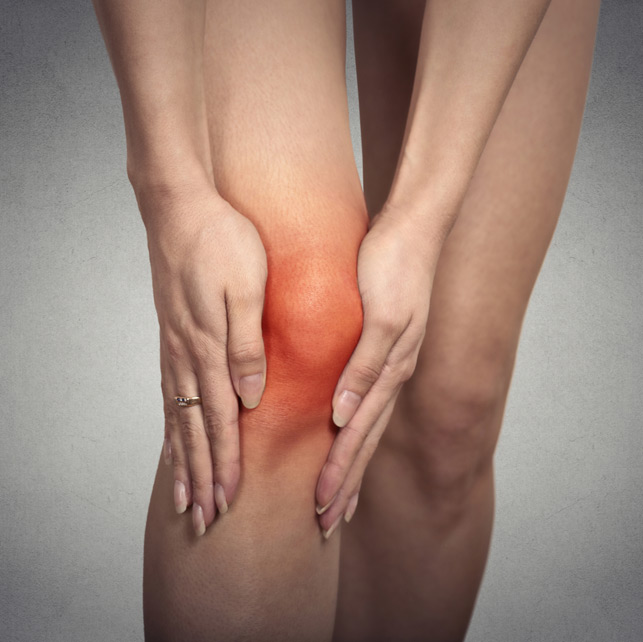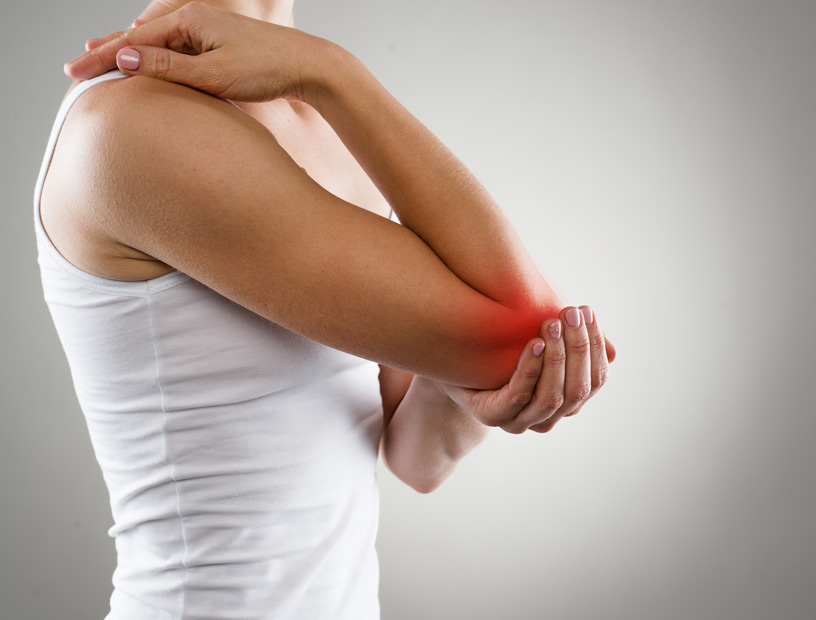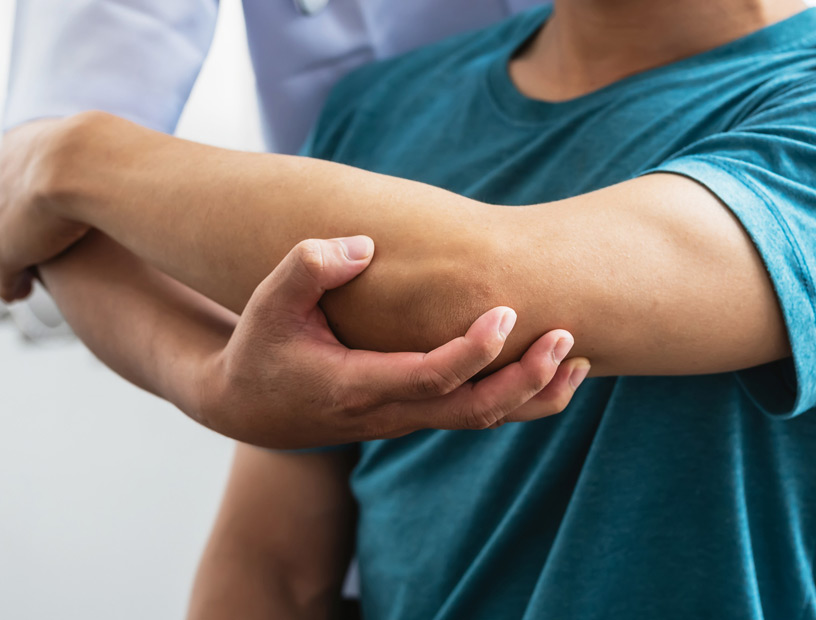
Learn more about symptoms of dislocations and how they are treated.
A dislocation occurs when injuries or other incidences force the ends of bones out of position. A dislocation is possible anywhere in the body where joints connect between bone, from the jaw to the toe.
- Dislocations can be swollen and painful
- The condition may make it difficult to move
Causes & Symptoms
Aggressive contact sports like football, basketball, and hockey are common areas for dislocations. But these conditions also happen to gymnasts, downhill skiers, and even in volleyball. These individuals usually dislocate a finger or hand joint by accidentally and awkwardly coming in contact with other players, striking the ball, or hitting the ground. Another consistent cause of dislocation occurs during a vehicular accident when victims land on an outstretched arm.
Under most circumstances, a dislocation is fairly obvious. First, it will always occur after a part of the body has had a traumatic experience like a fall or other violent impact.
The injured area will be bruised or swollen
The skin could be a color like red, black or purple
The area may also have an odd shape or deformation
There can be pain during movement, loss of motion, and numbness or tingling

What to Do
Dislocations should be treated as an emergency. If there is great pain, difficulty in movement, an odd feel to the area, or disfigurement, seek medical attention right away. Put ice on the injury and keep it immobile while getting to and waiting for medical treatment.
Treatments
Management of the dislocation will be determined by the injury and the severity of the injury. For the more common incidents, initial treatment could be rest, ice, compression, and elevation (RICE). Other types of treatments for dislocations are direct repositioning and manipulation to put joints back in place, management of pain through medication, stretching and exercise, immobilization, and rehabilitation.
The doctor will carefully examine the dislocated joint. They may see no need for treatment as they may ascertain the joint will naturally correct itself. In the worst case where blood vessels or nerves are damaged, surgery could be suggested, especially if this isn’t the first dislocation to the same areas of the body. Sometimes a joint, like in the hip, has to be replaced.
Not getting early or sufficient treatment can lead to permanent issues, including death of cells in the bone.
Prevention
Dislocations are never intentional, but there are ways to minimize the chances they will happen. Always use handrails on staircases and escalators. Do not let electrical cords lay across floors. If you must have them, use nonskid throw rugs and bathroom mats to avoid slippage. Do not leave children unsupervised in high activity areas. Minimize the possibility of falls with gates. Wear protective clothing and gear when engaging in contact sports, and never stand on unstable items such as ladders and chairs.
Treated properly, dislocated areas can return to normal function. Some dislocations, such as in the shoulder, are prone to repeat incidences, so it is best to take steps to avoid them and treat them quickly.

on caring for specific orthopedic needs.
